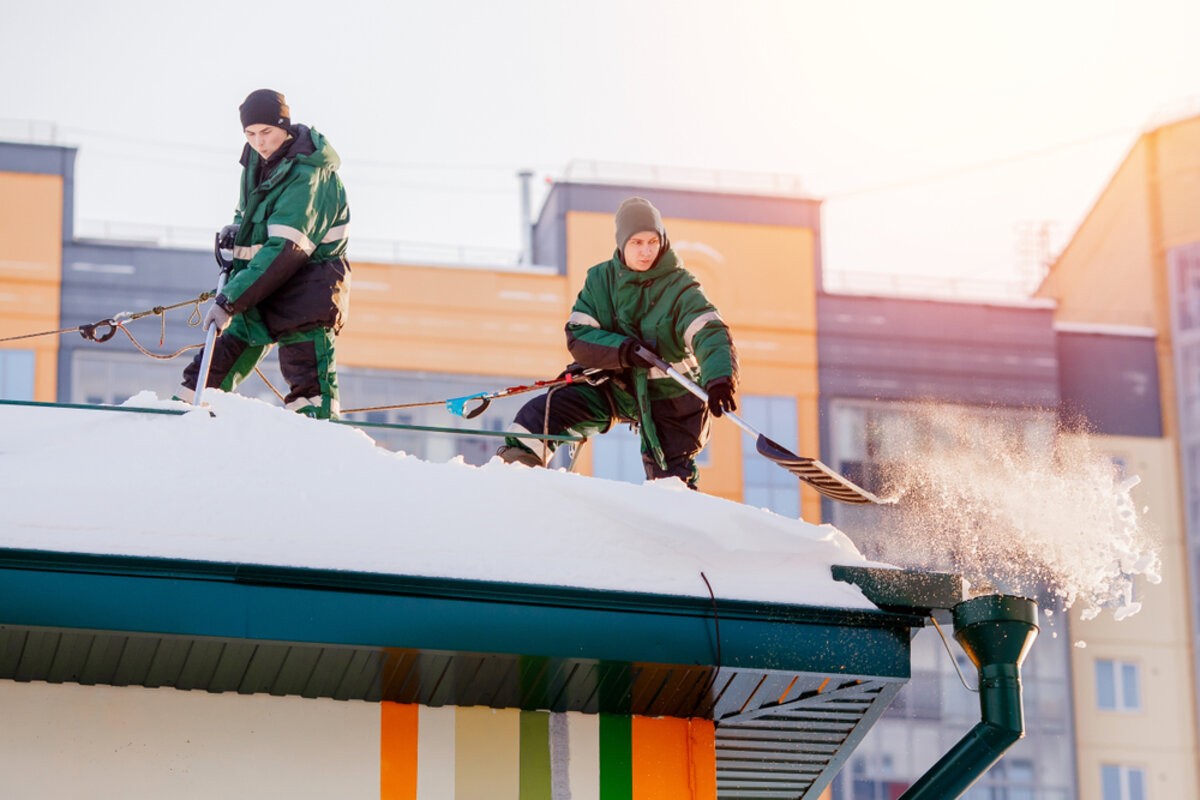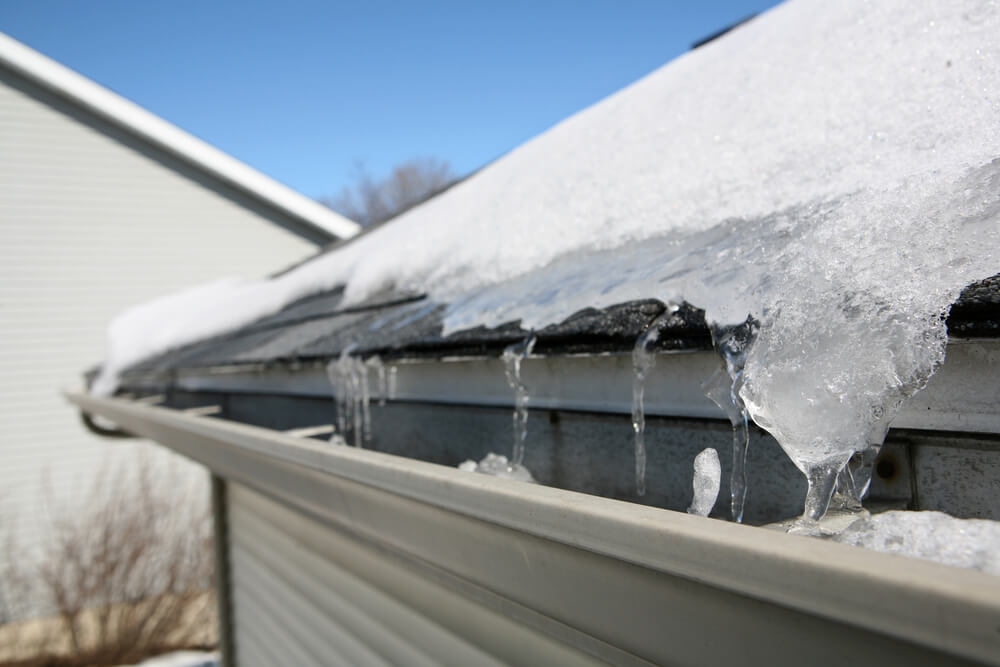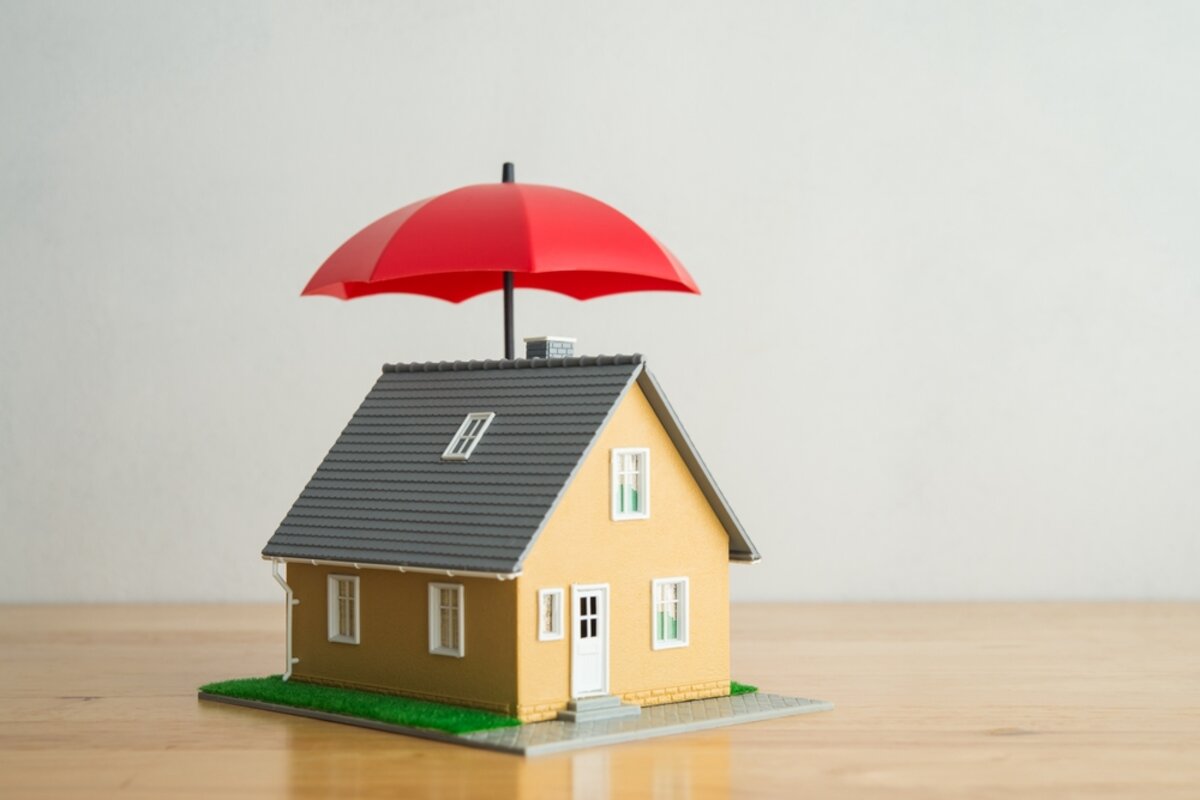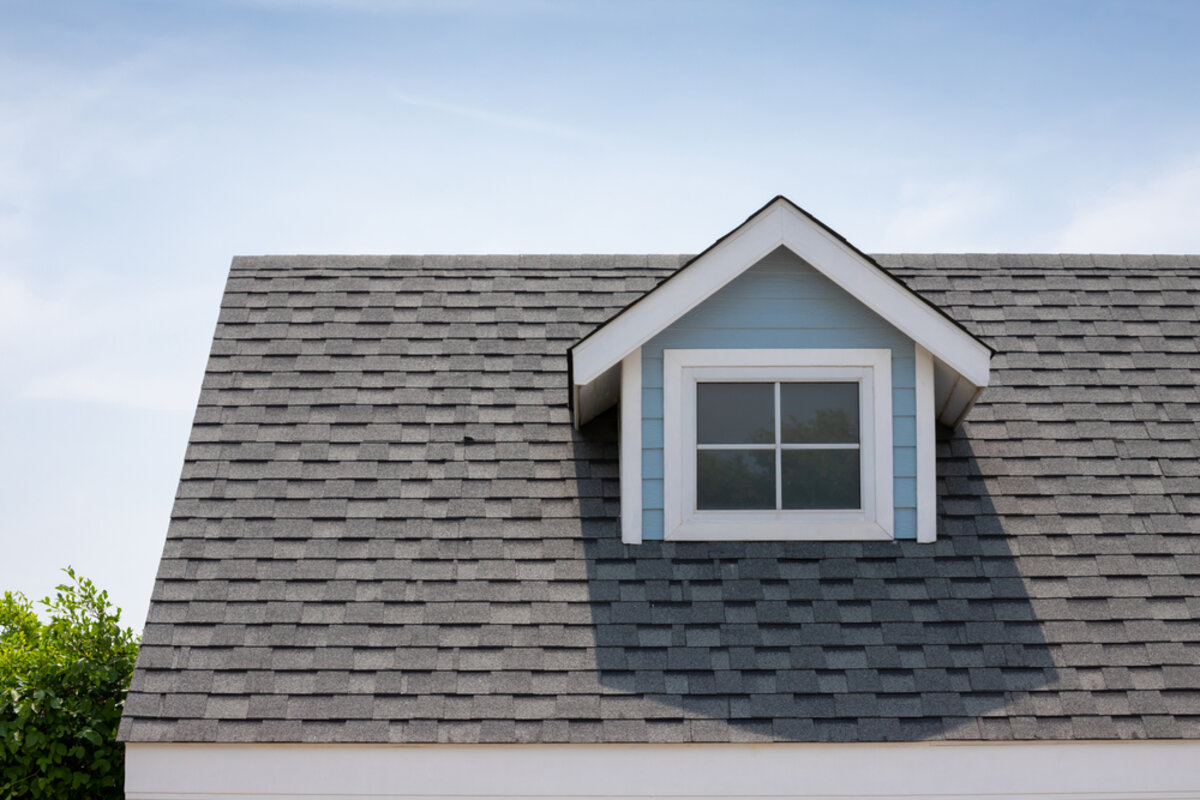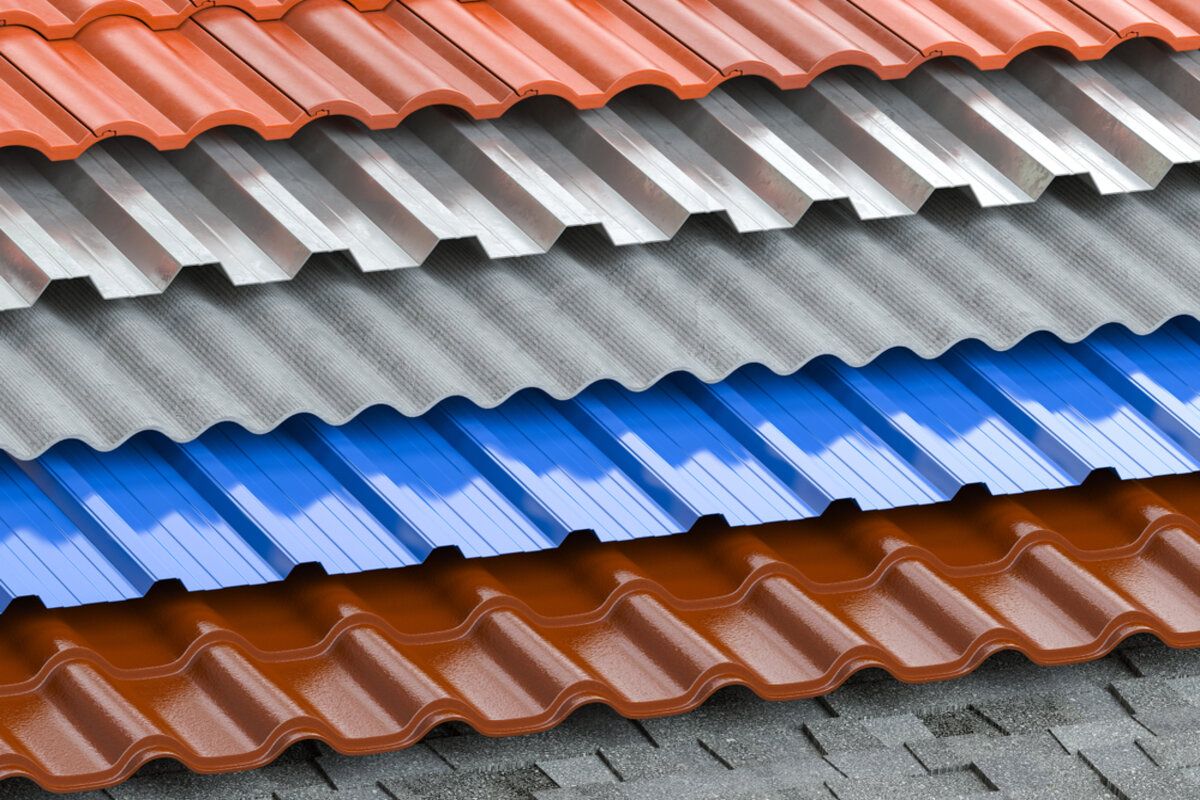Roofing, as the first line of defense against the elements, is constantly at the mercy of nature. With winter on the horizon, it’s crucial for homeowners and property managers to understand the unique challenges this season poses for roofs. In this guide, we’ll explore some common winter roofing problems and offer practical solutions.
Common Winter Roofing Problems
Winter presents a mix of potential roofing problems, from snow build-up to ice dams. As temperatures drop and precipitation increases, your roof must stand strong against these challenges. We’ll dive into the most prevalent problems and discuss effective solutions.
Ice Dams and Their Formation
One of the most notable winter roofing problems is the formation of ice dams. When snow on the roof melts, runs down, and refreezes at the edge, it creates an ice dam. The dam can prevent further melting snow from draining off the roof, which can lead to leaks and water damage.
Solution
Regularly clearing your gutters and downspouts can prevent blockages that contribute to ice dam formation. Proper insulation and ventilation in the attic also help maintain a consistent roof temperature, discouraging ice dams.
Snow Accumulation
A blanket of snow might look picturesque on a rooftop, but it adds a considerable amount of weight, which can strain the structural integrity of a roof. Furthermore, as the snow begins to melt and refreeze, it can exacerbate other roofing problems.
Solution
If the snow buildup is excessive, it may be necessary to remove it. A roof rake with a telescoping handle can help homeowners safely remove snow from the comfort of the ground. However, if the buildup is severe or the roof is steep, it might be best to hire a professional.
Effects of Fluctuating Temperatures on Roofing Materials
Winter isn’t just about the constant cold; fluctuating temperatures can also be a concern for roofs. When temperatures swing from below freezing to above freezing within a short time frame, roofing materials can suffer.
Shingle Damage
The expansion and contraction caused by temperature fluctuations can cause shingles to crack, curl, or even break. Once compromised, shingles become less effective at keeping out moisture.
Solution
Conduct a post-winter roof inspection to identify and replace damaged shingles. It might also be worth investing in thermal-resistant shingles if this is a recurring issue in your region.
Sealant Failures
Sealants used around vents, chimneys, and skylights can become less effective due to temperature variations. This could potentially allow moisture into the home, leading to water damage or mold growth.
Solution
Regularly inspect these areas, especially after significant temperature shifts. Reapply or replace sealants as needed to ensure a watertight barrier.
Moisture and Its Implications
With winter comes increased moisture exposure. If not addressed, moisture can lead to a host of problems, both for the roof and the interior of the home.
Attic Condensation
When warm air from inside the home meets the cold roof, condensation can form in the attic. This moisture can lead to mold growth, wood rot, and reduced insulation effectiveness.
Solution
Ensure your attic is well ventilated. Ridge vents, soffit vents, and gable vents can all help regulate temperature and moisture levels in the attic. It’s also essential to ensure your attic is well insulated to prevent warm air from rising and meeting the cold roof surface.
Roof Leaks
Roof leaks are among the more direct implications of winter roofing problems. As aforementioned, ice dams, damaged shingles, and failing sealants can all pave the way for leaks.
Solution
Regular inspections can help identify potential problem areas before they become significant issues. If you notice a leak, address it immediately. Even minor leaks can lead to substantial damage over time.
Conclusion
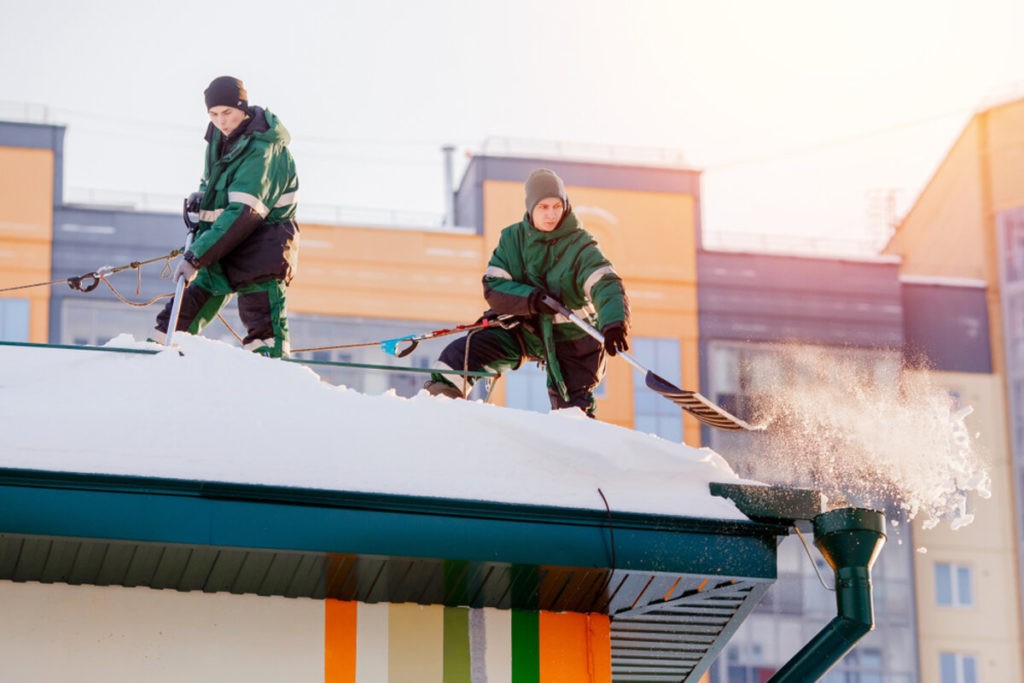
Winter poses several challenges for roofs, but with proper knowledge and proactive measures, you can ensure your roof remains in top shape. By understanding the common winter roofing problems and employing the mentioned solutions, you can safeguard your home against the cold weather’s adversities.
Remember, it’s always a good idea to consult with a roofing professional if you’re unsure about a particular issue or its solution. By doing so, you ensure the longevity and effectiveness of your roofing system throughout all seasons. Contact Perfect Exteriors today to learn more about common winter roofing problems and how to solve them.

